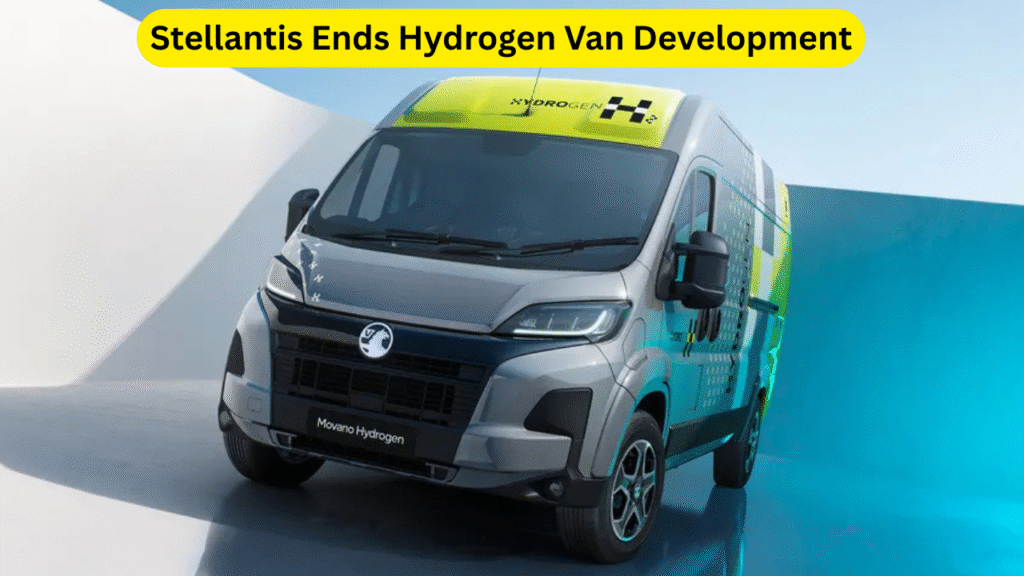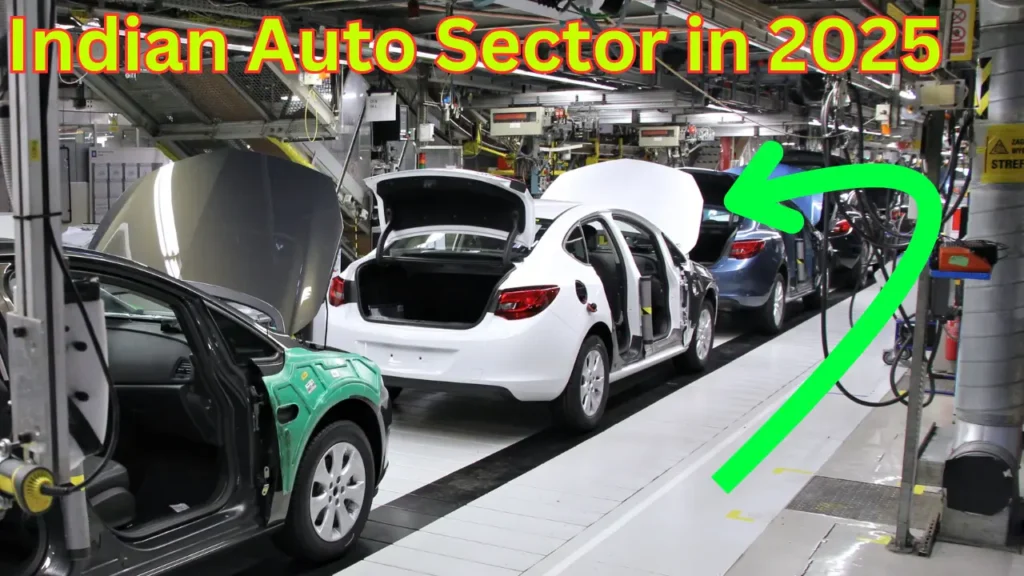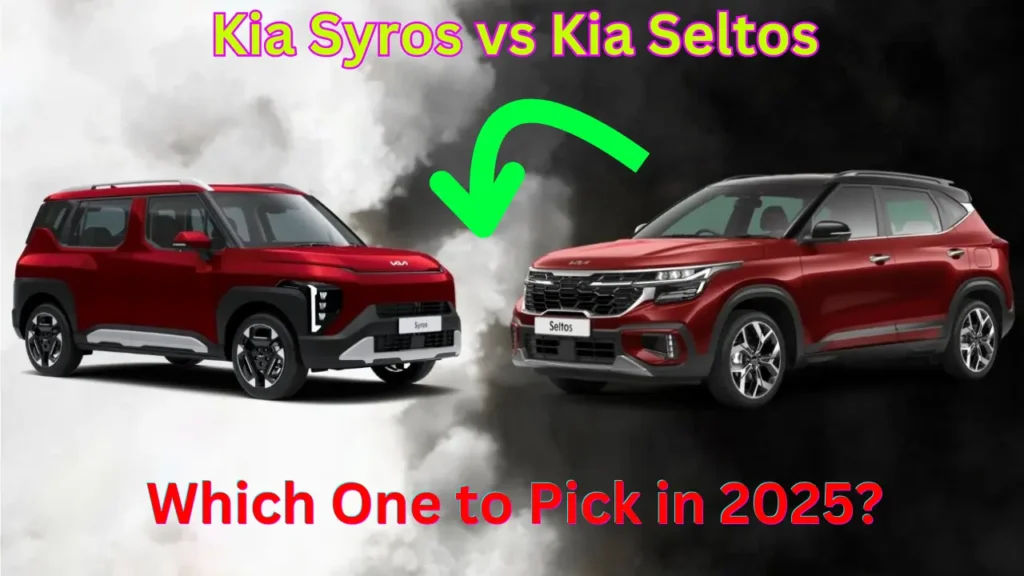Stellantis Ends Hydrogen Van Development: In a major shift in strategy, Stellantis has officially discontinued its hydrogen fuel cell development program for light commercial vehicles. The move comes at a time when the automotive giant is under pressure to meet Europe’s strict CO₂ regulations. Despite earlier plans to launch hydrogen-powered vans this year, the company has now redirected its focus toward battery-electric and hybrid vehicles. According to Stellantis, hydrogen technology lacks both short-term economic viability and sufficient infrastructure, making it an unfeasible option for the near future.
Stellantis, the parent company of well-known brands like Citroën, Peugeot, Fiat Professional, Opel, Vauxhall, and Ram, had ambitious plans to manufacture hydrogen vans in Hordain, France, and Gliwice, Poland. The large Vauxhall Movano Hydrogen was already priced in the UK at over £70,000 and promised a 311-mile range with only five minutes of refuelling time. Despite these impressive figures, Stellantis sees no development prospects for hydrogen-powered vans before 2030, highlighting the need for strong government incentives and better refuelling networks.
This move reflects the broader market trend where manufacturers are investing more in electric and hybrid vehicles rather than alternative fuels. Stellantis believes its resources will be better spent expanding its electric lineup, especially as it gears up for more stringent emission standards and consumer demand for zero-emission vehicles. As COO Jean-Philippe Imparato explained, this decision aligns with the company’s long-term goal of maintaining competitiveness and fulfilling customer expectations with more practical green mobility solutions.
Hydrogen Vans Cancelled Highlights
| Category | Details |
|---|---|
| Program Status | Cancelled |
| Vehicle Type | Light Commercial Hydrogen Vans (e.g., Vauxhall Movano Hydrogen) |
| Production Sites | Hordain (France), Gliwice (Poland) |
| Range (Claimed) | Up to 311 miles |
| Refuelling Time | Approx. 5 minutes |
| Price (UK) | £70,000+ |
| Reason for Cancellation | Lack of infrastructure, low demand, and better ROI on EVs |
| Future Focus | Electric and Hybrid Vehicles |
Features and Technology
Although the hydrogen vans are now off the table, they were designed to include advanced connectivity, fast refueling, zero-emission driving, and practical cargo space. They combined the long-range benefits of internal combustion engines with the zero emissions of EVs. Most importantly, they were expected to refuel in just five minutes, significantly quicker than most EVs charge.
These vans were built for urban delivery fleets, logistics companies, and businesses requiring long daily ranges with minimal downtime. With ranges of over 300 miles and quick hydrogen refueling, they offered a practical middle ground between EVs and diesel-powered vans—at least in theory.
Performance and Practicality
Hydrogen vehicles offer silent driving, instant torque, and decent performance for commercial usage. However, the real-world benefits were held back by the very issues Stellantis pointed out: limited hydrogen refueling stations, high production costs, and poor economic sustainability for manufacturers.
Stellantis had planned to lead the segment by being among the first to mass-produce hydrogen LCVs. Unfortunately, without a supporting infrastructure and buyer incentives, even the best specs couldn’t guarantee success.
Design and Usability
While the hydrogen powertrain was innovative, the vans themselves followed the existing Stellantis LCV design DNA. Spacious cargo areas, sliding doors, ergonomic driver layouts, and smart cabin tech were all part of the package. The exterior designs remained familiar, with only subtle tweaks for hydrogen branding.
These vans were not intended to look futuristic—they were built to serve practical, everyday business needs. But that balance of familiar form and advanced fuel tech didn’t prove compelling enough to push past the hurdles of infrastructure and cost.
Price and Market Readiness
With UK prices starting at over £70,000, the hydrogen versions were set to be significantly more expensive than their diesel or electric counterparts. Although they offered impressive range and faster refueling, the lack of infrastructure made them impractical for many small and medium business owners.
In contrast, battery-electric vans—backed by growing charging networks and government incentives—continue to rise in popularity. Stellantis saw the writing on the wall and shifted focus to where demand and infrastructure support already exist.
Hydrogen Van Launch Plans: Now Cancelled
The medium-sized hydrogen vans were originally scheduled for launch in Summer 2025, with production at Stellantis’ French plant in Hordain. Large vans were to follow from their Gliwice facility in Poland. However, with this program now terminated, Stellantis has no active hydrogen vehicle plans until at least the end of this decade.

Why Stellantis Cancelled Hydrogen Vans: Main Reasons
| Reason | Explanation |
|---|---|
| Lack of Refueling Infrastructure | Too few hydrogen stations available, especially for fleets. |
| High Vehicle Cost | Hydrogen vans were too expensive for wide-scale adoption. |
| Poor Market Demand | Minimal interest from businesses due to unknowns and high costs. |
| EU CO2 Regulations Pressure | Resources reallocated to more viable hybrid and EV solutions. |
| No Mid-Term Profitability | Hydrogen fuel cell technology not financially viable before 2030. |
Hydrogen Vans Cancelled Conclusion
Stellantis’ decision to scrap its hydrogen vehicle development program marks a significant shift in how automakers are prioritizing their investments. While hydrogen still holds promise for long-haul trucking and industrial applications, it’s increasingly clear that light commercial vehicles will be dominated by EVs and hybrids for the foreseeable future. The cost, lack of infrastructure, and uncertain market acceptance are just too big to ignore.
For businesses and consumers, this move simplifies choices. Instead of waiting for hydrogen options that may never come, they can invest confidently in electric and hybrid models already backed by growing support and improved technology. Stellantis’ pivot reflects not just an internal decision—but a broader industry trend.
Also read: Mercedes-Benz CLA Electric Review – The Most Efficient EV Yet?
Hydrogen Vans Cancelled FAQs
1. Why did Stellantis cancel its hydrogen van project?
Stellantis cancelled the hydrogen van project due to a combination of high production costs, lack of refueling infrastructure, low market demand, and poor economic sustainability in the near term. The company decided to focus instead on electric and hybrid vehicles.
2. Will Stellantis revisit hydrogen vehicles in the future?
Possibly, but not before the end of the decade. Stellantis stated there is “no development prospect” for hydrogen-powered LCVs in the mid-term. Any future plans would depend on better infrastructure and stronger government support.
3. How will this affect commercial vehicle buyers?
Buyers looking for sustainable commercial vehicles will need to consider electric or hybrid options. Stellantis still offers a wide range of electric vans under brands like Peugeot, Vauxhall, and Opel.
4. Was the hydrogen van worth buying if it launched?
While it promised quick refueling and long range, its £70,000+ price tag, lack of infrastructure, and uncertainty in the market made it impractical for most buyers.



Pingback: 2025 Indian Chieftain PowerPlus Limited: The Ultimate Thumping Cruiser for Long Miles – hindpratidin.in